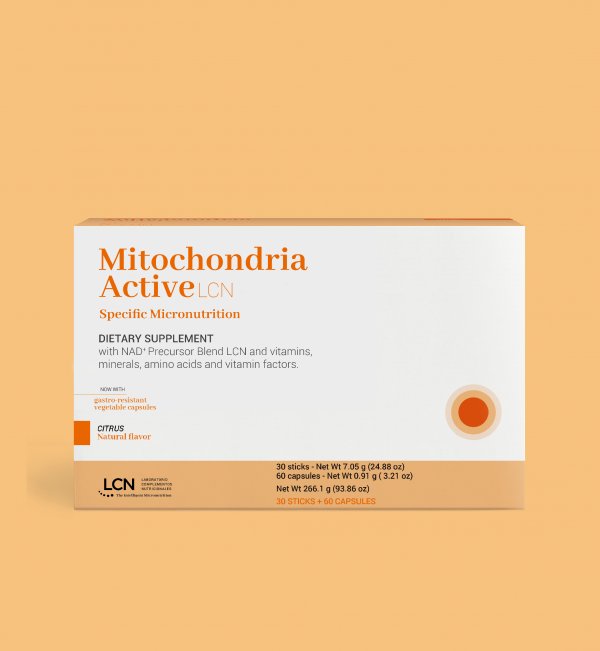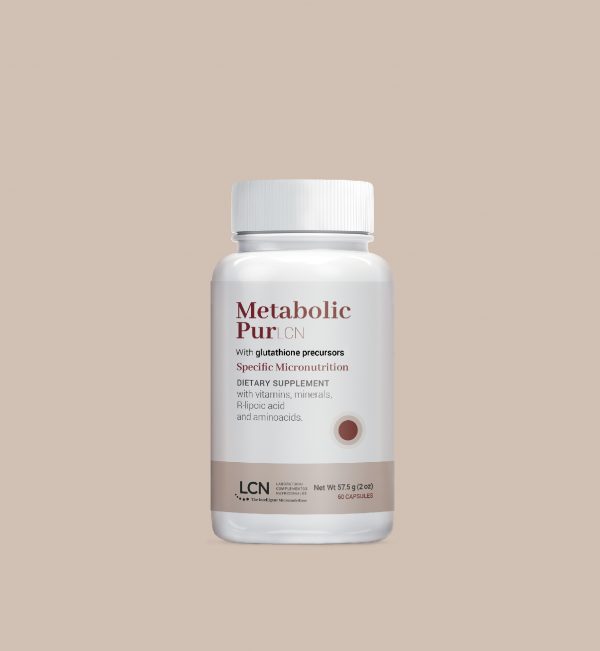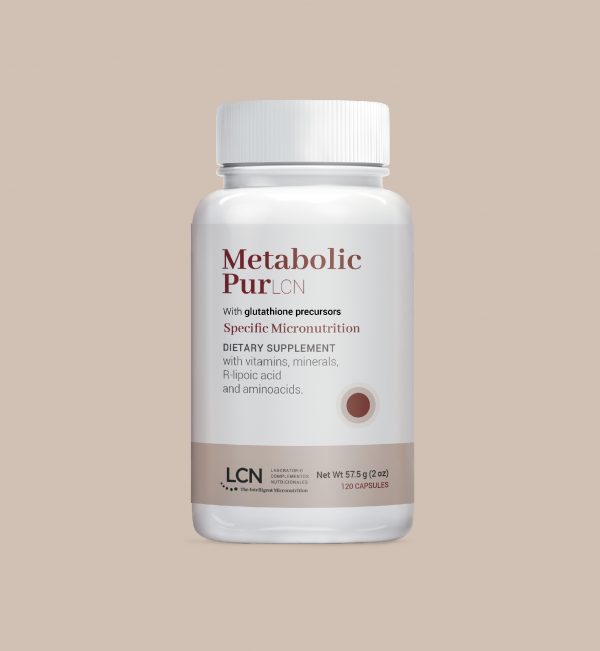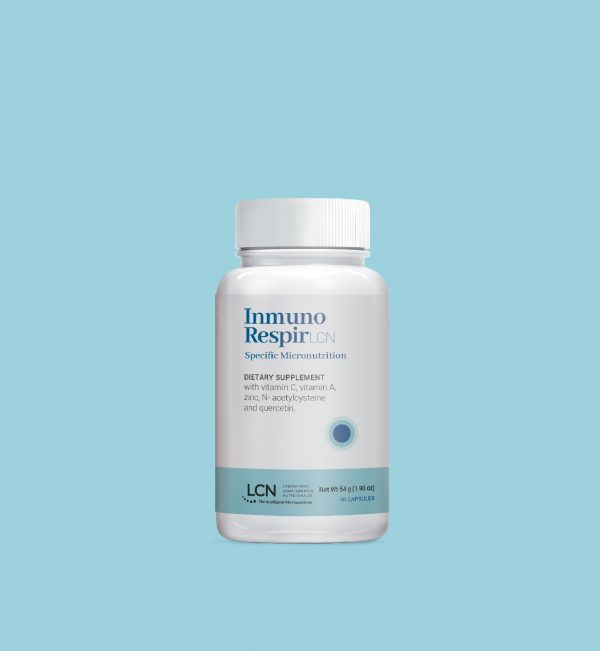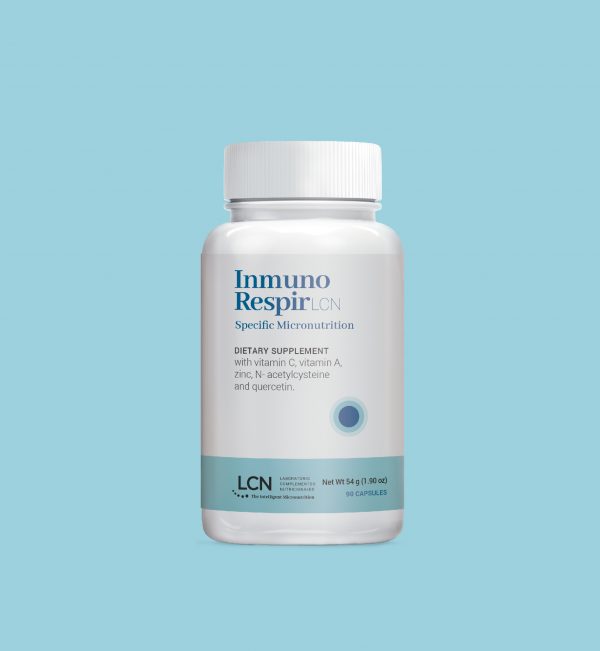Omega 3 EPA
What is it?
EPA is formed from ALA and needs the enzyme delta-6 desaturase (D-6-D), the enzyme delta-5 desaturase (D-5-D), and adequate levels of the following: vitamin C, B vitamins, magnesium, and zinc.
This conversion is inefficient, mostly due to genetic polymorphisms that affect enzyme functioning, due to micronutritional deficiencies, excess sugars, and alcohol consumption.
EPA can also be formed from DHA, although this is a complex pathway whose exact functioning still has not been fully described. What we do know at this point, based on clinical studies in humans, is that DHA intake increases EPA levels.
EPA SUPPLEMENTATION
EPA is a highly polyunsaturated essential fatty acid. It can be supplemented in different molecular forms, such as phospholipids, free fatty acids, ethyl ester, or in one of its natural forms, which are triglycerides. Apart from the molecular form in which it is presented, the production method is another quality parameter, as this makes it possible to obtain EPA that is purer and more isolated from other fatty acids of no interest. Extraction and supercritical fluid chromatography is a method that allows EPA to be purified without raising the temperature or using chemical solvents.
Foods with EPA
EPA is found almost exclusively in oily fish species and shellfish, as well as in white fish species to a lesser extent. Some types of seaweed are also a source of EPA.



